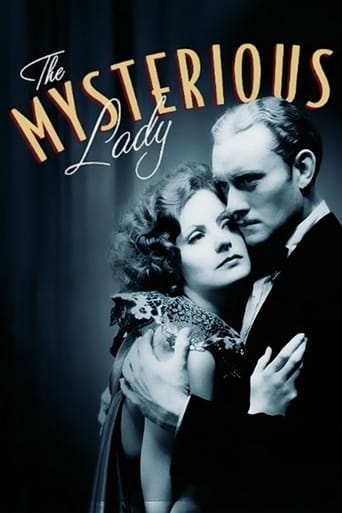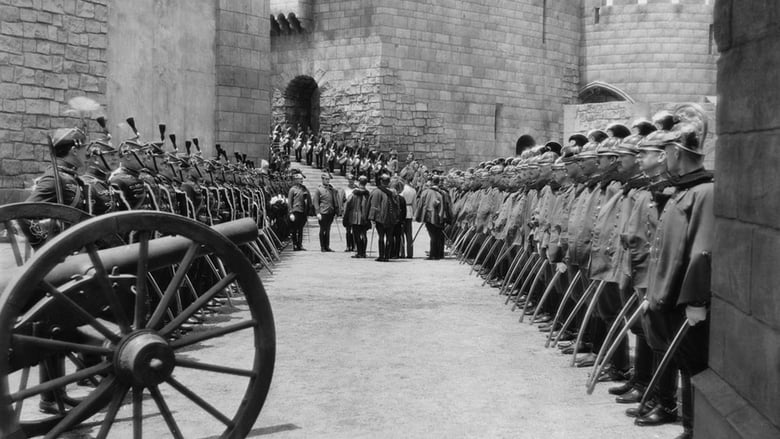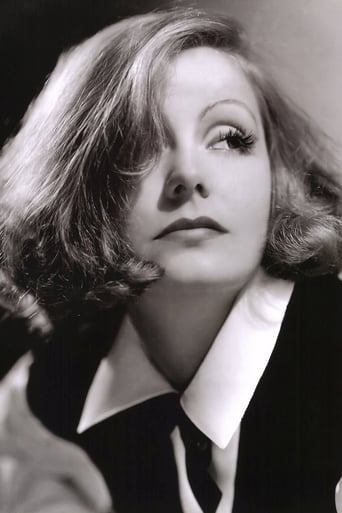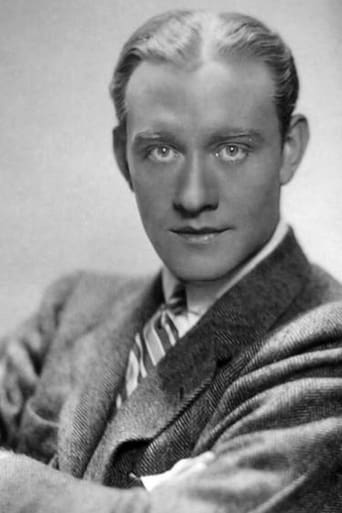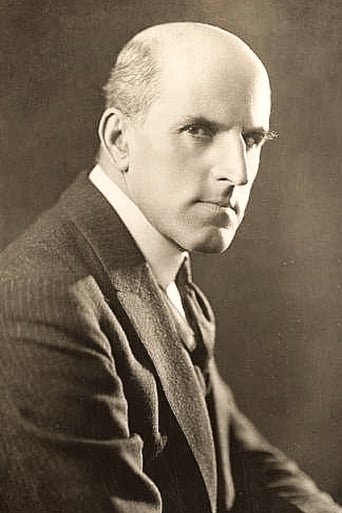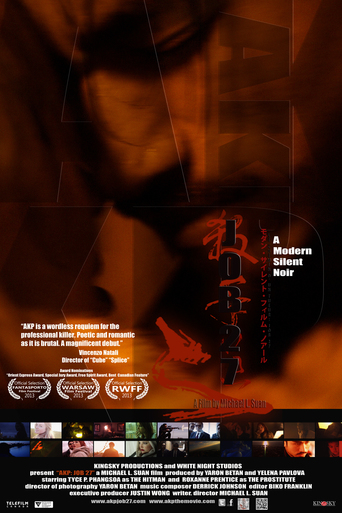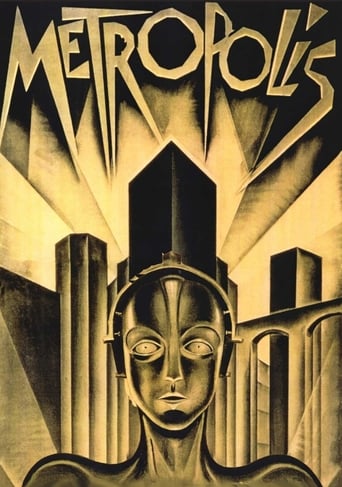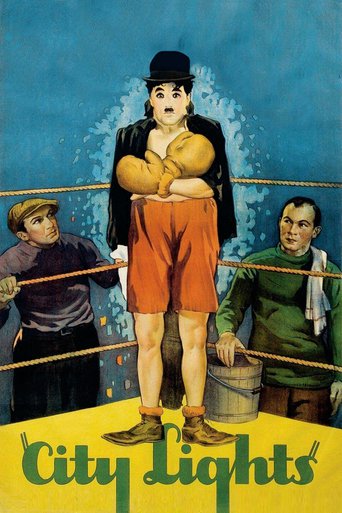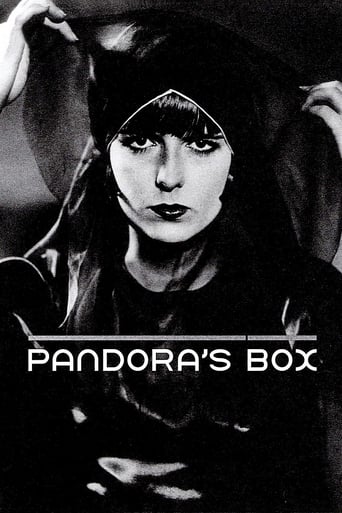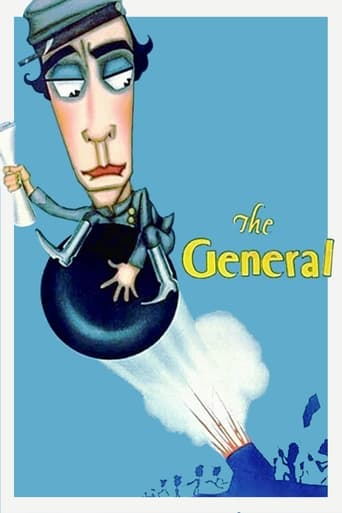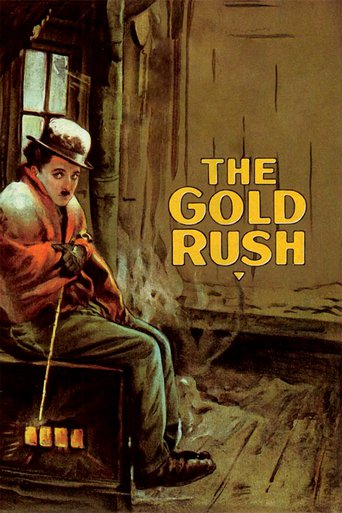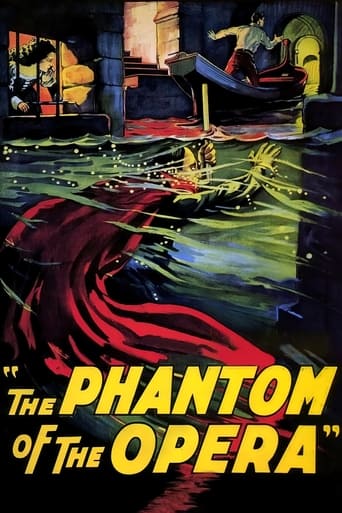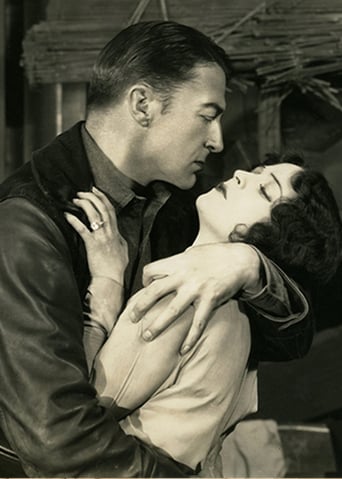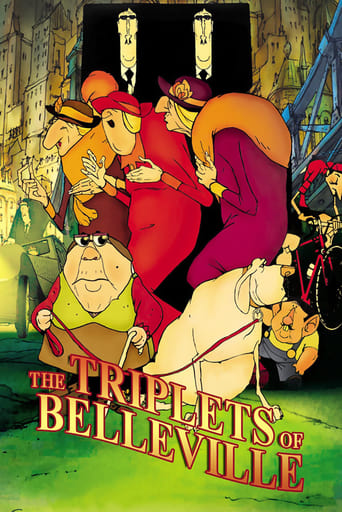The Mysterious Lady (1928)
A beautiful Russian spy seduces an Austrian military officer in order to obtain secret plans. When she falls in love with him, both are placed in danger.
Watch Trailer
Cast


Similar titles
Reviews
Good movie but grossly overrated
Best movie ever!
Awesome Movie
This film is so real. It treats its characters with so much care and sensitivity.
Not too long before Greta Garbo played the most famous female spy of all in Mata Hari, during her silent screen period she was cast in The Mysterious Lady as a Mata Hari type. Garbo plays a Russian spy working under her Russian spymaster Gustav Von Seyffertitz who was one of the great villains of the silent screen.Her mission is to get a copy of the Hapsburg war plans and the one she chooses as her target is staff officer Conrad Nagel. Nagel's like putty in her hands and though she even falls for him, she does her duty by the czar.But when she wants out Von Seyffertitz won't let her out. In the meantime Nagel has escaped and he's determined to clear his name. After that Garbo decides that true love is for her.Though Garbo and Nagel did not become a screen team in the way that Garbo and John Gilbert did, Nagel was more than adequate as a replacement for Gilbert in a role that probably he got first crack at. Garbo is divinely alluring as only Garbo could be.Good film and it worked out for Garbo far better than Flesh And The Devil did.
Writing scores for silent movies requires a considerable talent, but for some pictures the music must practically write itself. This is not to play down the efforts of the many fine score composers, but simply to say that for someone with musical ability, a picture such as The Mysterious Lady is constantly suggestive of melody, tempo and timbre, in a way that translates naturally into a musical setting.This musical effect is, it seems, largely down to the director Fred Niblo. Niblo, an ex-Vaudevillian who married into the Cohan family, came into motion pictures relatively late in life (he first sat in the director's chair at 42), but he soon proved himself to be one of the finest and most poetic craftsmen of the cinema. The Mysterious Lady was made at a time when the talkies were beginning to muscle in, but Niblo proudly blows a trumpet blast for the dying art form. Interestingly, The Mysterious Lady actually contains a lot of examples of images filling in for sound. Sometimes this is for narrative purposes, such as the superimposition of the opera scene when Nagel plays the piano, to inform the audience of what he is playing. Other times it is purely atmospheric, such as the shot of a row of violins in the orchestra, later grimly echoed by a similarly composed shot of the drums at Nagel's degradation.Throughout, the picture sustains a lovely rhythmic flow. The love scene between Garbo and Nagel is delicately suggested through a series of interlocking images, unspoiled by intertitles. Niblo shows complete control over the pace at any one moment, the first few minutes being frenzied and choppy, then slowing to that glorious romantic feel when Garbo is introduced in a very memorable entrance. Only once does Niblo overdo it, when he throws in a superimposition of Nagel daydreaming about assaulting Garbo – the context and Nagel's uncomfortable expression are enough without this heavy-handed display.So if Niblo was a kind of visual composer, who was his muse? Well, let's not extend a metaphor too far, but it certainly appears that Niblo was inspired to make beautiful images to complement the natural beauty of Greta Garbo. And to an admirer of fine dramatic performance Garbo is doubly beautiful because she is such an outstandingly good actress. At a period when too much screen acting was hammy and unsubtle, Garbo was refreshingly understated. To watch a Garbo picture, especially a silent one, is to witness dozens of little moments of performance genius. One example here is when her character hears the news that von Raden has been imprisoned because of her. She shows the tiniest glimmer of a reaction, enough for the audience to pick up on and understand, but not enough for her character to give herself away to those around her. Garbo captivated audiences with her mysterious allure and startling passion – the X-factor that made her a phenomenal star.Like the silent picture, Niblo's days as a director were coming to an end. Whether his decision to retire a few a few years after this was down to the sound revolution or not I am unsure. I have not seen any of the handful of talkies he made, and I simply don't know whether he gave them the same grace and musicality that we see here. What I do know, what every film buff knows, is what Greta did next. Of all Hollywood stars, Garbo's transition from silence to sound was among the most successful. Such was her power, her naturalism and her overwhelming appeal, that in spite of the 1930s demand for more earthy performers, she remained one of our brightest stars.
A memorable tale of romance, espionage, and suspense with a luminous Greta Garbo as Tania, a Russian Mata Hari, and Conrad Nagel as Karl, the Austrian officer who falls under her spell. The film is flawlessly directed by the under-rated Fred Niblo (Blood and Sand, The Temptress), who adds sparkling effects that had me tracking back to watch them again.If you believe that sensuality in silent films was implied or off-screen, watch the scene on the TCM Archives DVD in chapter 4, 18:20-19:40. In Tania's home, Karl grabs her and begins to kiss her, but she pushes him away. He bows his head in shame and prepares to leave. Standing in the doorway, he apologizes to her. She motions to him to come to her and an expression of joy and excitement lights up his face. He walks to her as she stands with her left hand cupping her left breast. He kisses her extended right hand, places his right hand on the hand she holds over her breast, and they dive into a passionate kiss. Steamy stuff indeed for 1928! The surprising plot twists in the final 10 minutes had me laughing in amazement right up to the end. An excellent score by Vivek Maddala adds to the enjoyment of this cinematic gem.
This is to my mind the most brilliant of all of Garbo's silent films, and I never fully understood the attitude of most critics who simply dismiss it on the account of the Divine Woman's own lack of care for this particular entry. True, she did not like just doing this film, and true, Mauritz Stiller was actually dying while she was shooting this, therefore, we can understand that she thought poorly of it; yet this was shot at the peak of silent film-making, in 1928, and never before had Fred Niblo been so good, never had his full command of the motion picture been so obvious. All through the film, the direction is superb, subdued and subtle, while the gorgeous settings, MGM's trademark, are lit and photographed at their best. Niblo makes the best of his composition skills, with or without Garbo in the shots, and the way he deals with the extras, putting the stars in the distance, swallowed by the crowd, is clearly an innovation for 1928; his use of a few, but decisive shots based on a moving camera proves that, like the European imports(Murnau, Leni, Fejos, Christensen) or like his fellow Americans (Ford, Borzage,Wellman), he was aware of the German experiments. Of course, the spy story is not the source of any intellect-expanding masterpiece, but, hey, this is a stylish and entertaining film that foreshadows some of Hitchcpock's best British films of the decade to come. And Niblo even handles suspense in a remarkable way in the last five minutes. The edition id remarkable, the print being a bit worn but still clear; and an emasculating restoration has been avoided, retaining thus the crystal-clear, crisp quality of William Daniel's photography. And to conclude, a question about Garbo: who else on earth could wear these dresses and get away with it?

